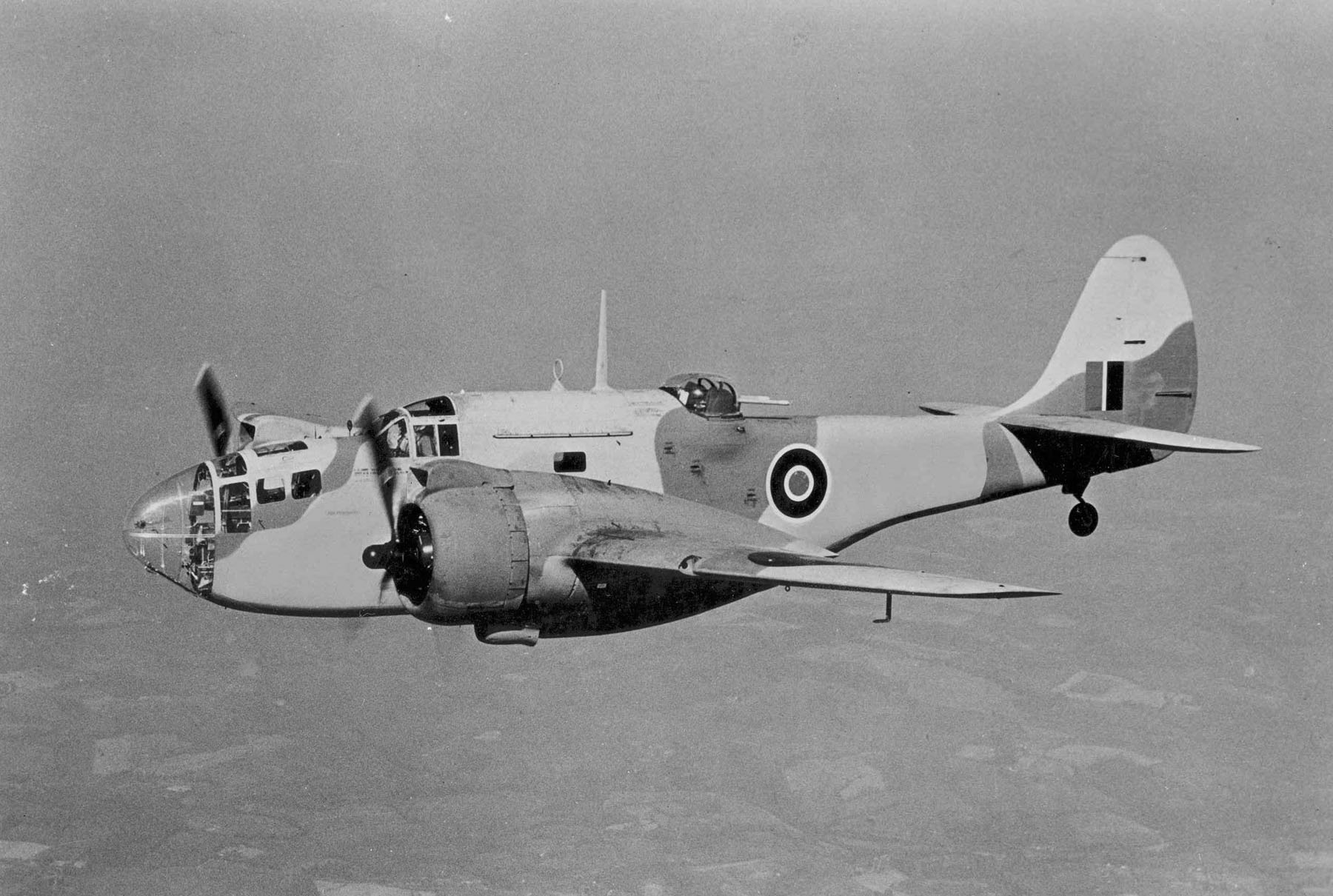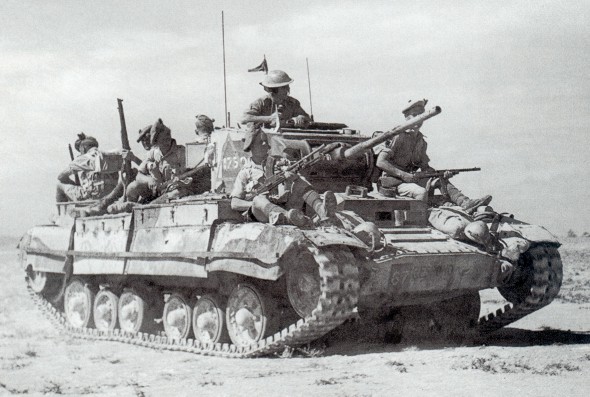Alam Halfa, Battle of, Egypt, 1942
Enlarge text Shrink text- Britannica Index(Alam al-Halfa, Battle of)
The Battle of Alam el Halfa took place between 30 August and 5 September 1942 south of El Alamein during the Western Desert Campaign of the Second World War. Panzerarmee Afrika (Generalfeldmarschall Erwin Rommel), attempted an envelopment of the British Eighth Army (Lieutenant-General Bernard Montgomery). In Unternehmen Brandung (Operation Surf), the last big Axis offensive of the Western Desert Campaign, Rommel intended to defeat the Eighth Army before Allied reinforcements arrived. Montgomery knew of Axis intentions through Ultra signals intercepts and left a gap in the southern sector of the front, knowing that Rommel planned to attack there and deployed the bulk of his armour and artillery around Alam el Halfa Ridge, 20 miles (32 km) behind the front. Unlike in previous engagements, Montgomery ordered that the tanks were to be used as anti-tank guns, remaining in their defensive positions on the ridge. When Axis attacks on the ridge failed and short on supplies, Rommel ordered a withdrawal. The 2nd New Zealand Division conducted Operation Beresford against Italian positions, which was a costly failure. Montgomery did not exploit his defensive victory, preferring to continue the methodical build up of strength for his autumn offensive, the Second Battle of El Alamein. Rommel claimed that British air superiority determined the result, being unaware of Ultra. Rommel adapted to the increasing Allied dominance in the air by keeping his forces dispersed. With the failure at Alam Halfa, the Axis forces in Africa lost the initiative and Axis strategic aims in Africa were no longer possible.
Read more on Wikipedia >
 Topic
Topic








